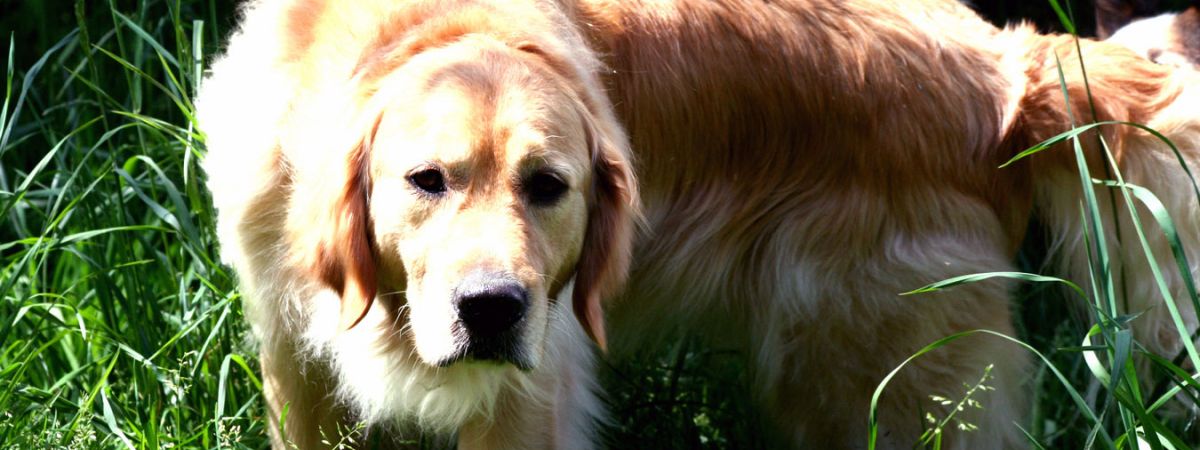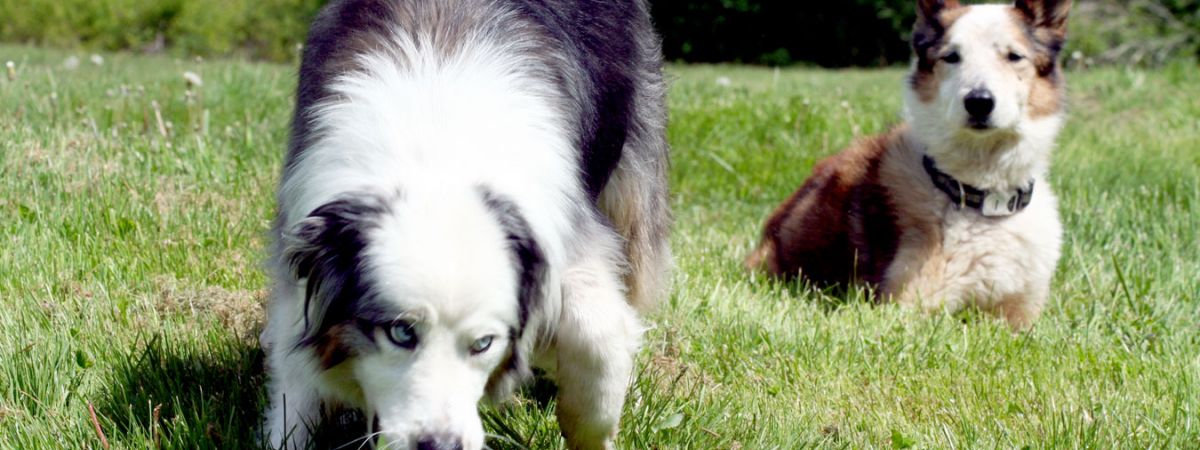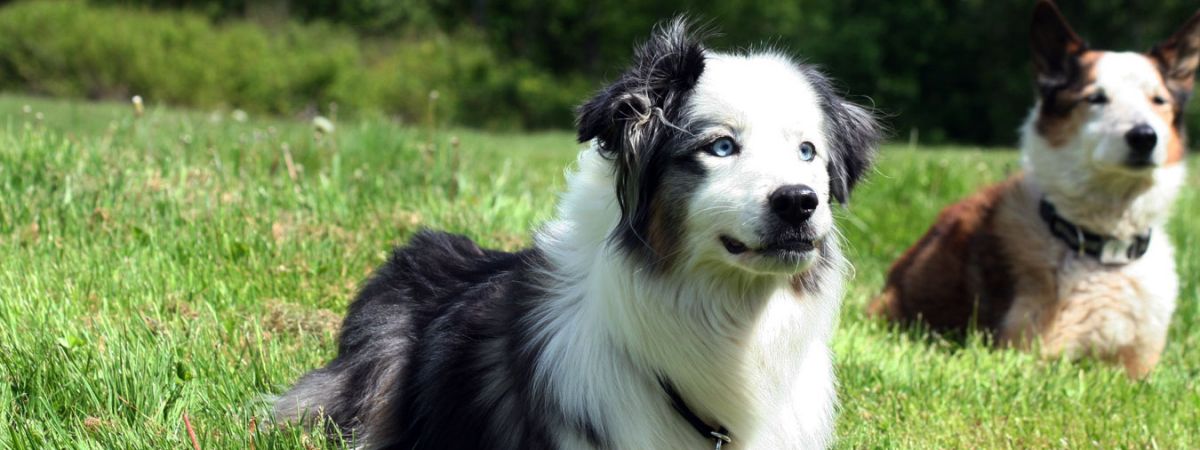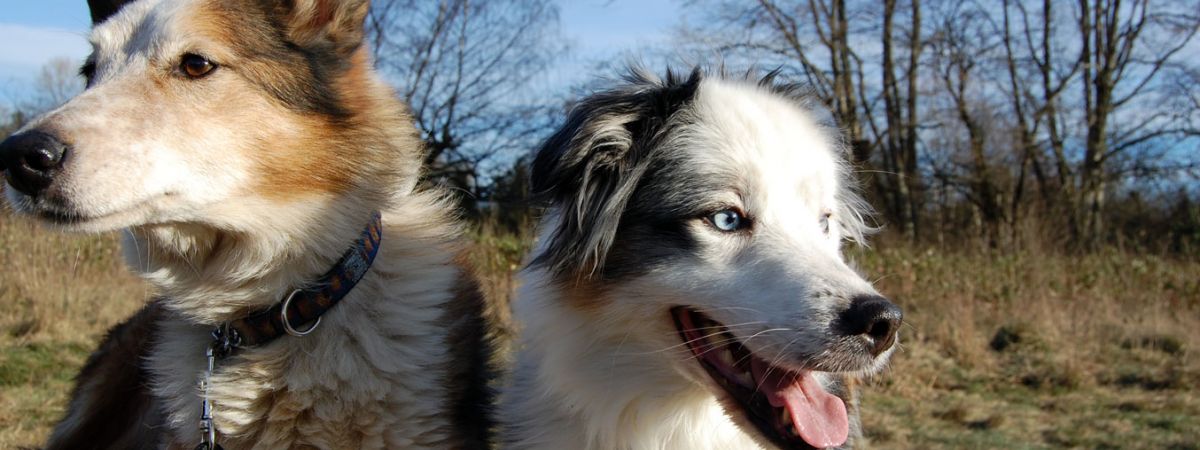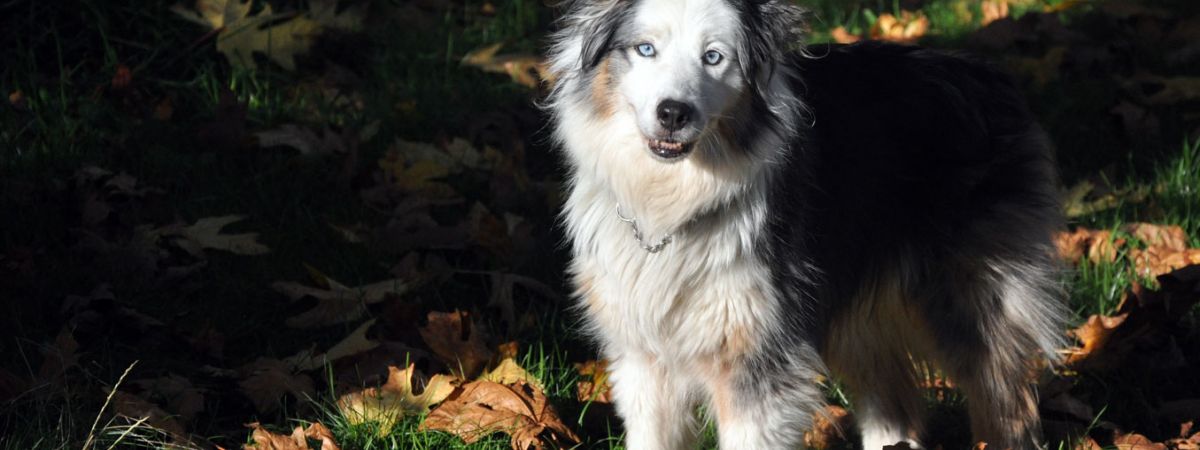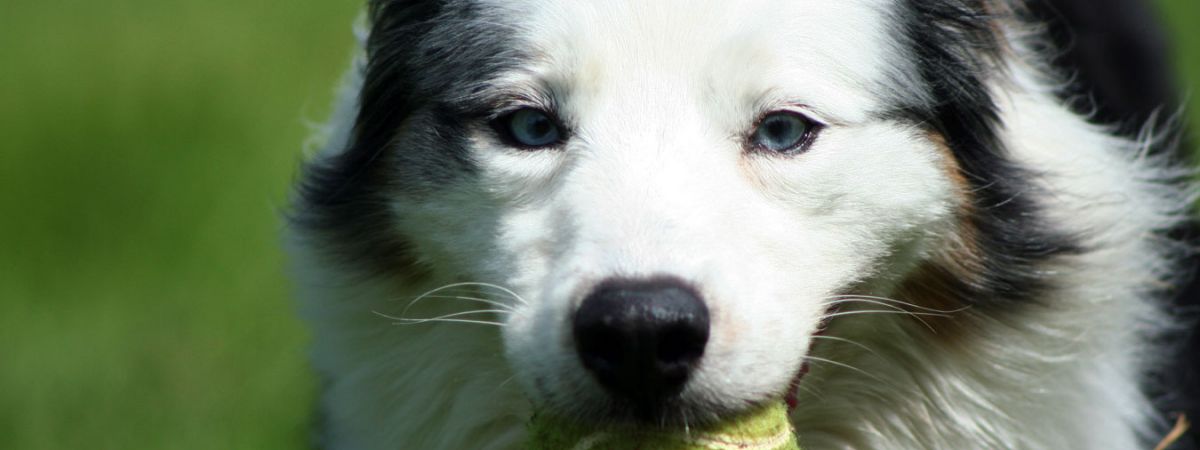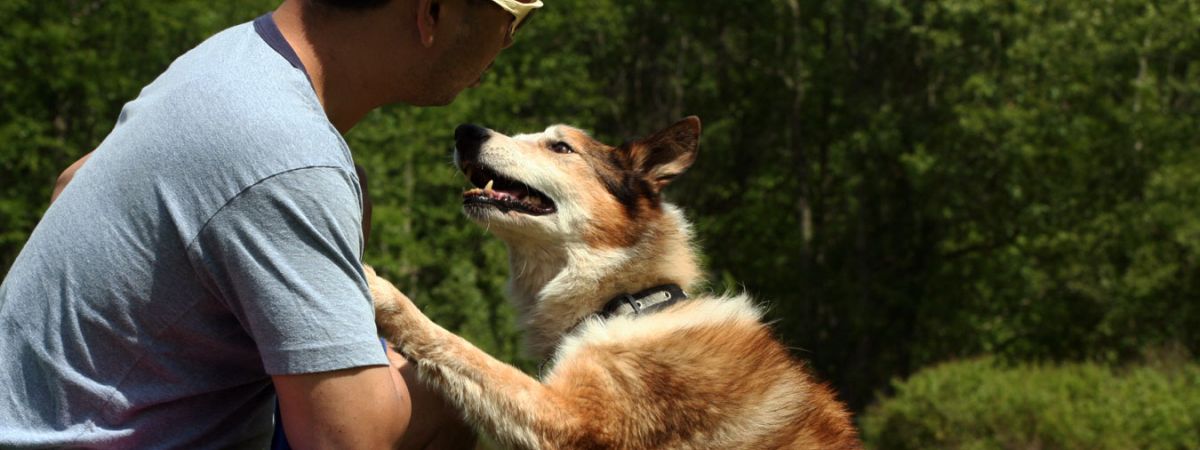Excessive Barking in the Yard
Barking. It’s one of the things that dogs do. In fact, there are occasions when it’s a benefit to have a dog who barks. If there were a stranger entering your property or if something were genuinely amiss, a barking dog could be downright helpful.
What is not helpful however, is a dog who barks constantly. A twig snapped in the backyard, “Bark, bark, bark!” Neighbours are grilling in their yard, “Ruff, ruff, ruff!” Neighbourhood kids are riding their bikes, “Yap, yap, yap!”
This is a problem that is not only extremely annoying to neighbours, but can also be rather chafing on the pet’s owners who are either inside the house or out in their yard. Many dog or puppy owners find themselves constantly yelling “Cut it out! Hush!”… which for most dogs doesn’t stop the barking but instead just adds to the commotion.
Another down side to a constantly barking dog is that he can become rather like the boy who cried wolf. Since the dog barks so much, there is a tendency to not even go see what it is he’s barking about. In the event of an actual intruder, your dog might be trying to tell you, but will instead either be ignored or told to hush because the barking is so common.
The first step in alleviating this problem is to work on some obedience training with your pet. If he doesn’t clearly understand what “no” and “good dog” mean, he will not comprehend what you’re asking when you holler out the window. Likewise, if your dog doesn’t respect you, even if he does know what you mean, he will not listen anyway.
Some basic obedience commands such as “heel,” “sit,” “down,” “stay” and “come” will help establish a learning curve for your pet, and being consistent during practice will help you to earn his respect at the same time. Another benefit of obedience training is that it helps to stave off boredom. You may be surprised how many dogs bark all the time simply because it’s an activity.
The next step is to get outside with your dog or puppy! If he’s out there by himself, barking and running back and forth, all the hollering in the world is not going to stop him. You need to personally catch your dog barking inappropriately, tell him “no” and redirect him to a more appropriate behaviour such as chasing a ball, doing a “down/stay” or another acceptable activity.
Also extremely important is to take your dog out on a leash and socialize him thoroughly with normal neighbourhood occurrences. Introduce him to the neighbours. Bring him to meet the kids who ride their bikes. Hang around out front when your neighbours are doing yard work so he learns that it’s normal and acceptable for them to be there.
Between the obedience training, respecting you more, your personal supervision and being properly socialized with normal neighbourhood happenings, your dog’s barking will be dramatically reduced. Soon, even your neighbours may start to like him!
Lampshades on Dogs (Elizabethan Collar)
Most dog owners will eventually have the experience of their pet having surgery. Whether it’s a simple spay or neuter or a more serious operation, the majority of dogs will have a procedure performed at one time or another.
One of the biggest heartbreakers for pet owners is the “lampshade issue.” This is when you go to pick up your beloved pet from the veterinarian and find that he is wearing an Elizabethan Collar, which looks like an upside-down lampshade on his head.
It’s bad enough that you feel sorry for your dog for having had to get a procedure done in the first place, but now this can make you feel even worse! Your pet will likely be bumping into doorways and might seem horrified in general.
As responsible pet owning adults, we know that it’s important to follow the veterinarian’s instructions by having the dog wear the collar for his own good. It will prevent him from licking at the wound or pulling off bandages, thereby allowing the area to heal much more quickly and preventing infection. So what should you do? Keep it on 24/7, allowing your dog to “suffer” the whole time? Keep it off 24/7, ignoring the vet’s advice and risking injury or infection? There is a middle ground.
There are steps you can take to make the whole experience much more bearable for your pet. The first step is to socialize your dog with wearing the Elizabethan Collar so he’ll feel more comfortable.
Begin by working with your dog on a few obedience commands. Keep your requests simple since he’s just had surgery… you’re merely doing it for a minute to get him into the learning frame of mind.
Next, put the collar on your dog and do the commands for a few more minutes while he’s wearing it. Be sure to do this in an open area so your dog doesn’t bump into things and praise lavishly as he begins to act more relaxed.
Be sure to never pet your dog while he’s acting horrified. Rather than feeling soothed, your dog will feel as if you are praising him for being afraid. Instead, when your dog acts horrified, gently say "no", have him do something he knows, then follow with praise for doing the right thing.
Once your dog is more comfortable when he does have the Elizabethan Collar on, the next thing to realize is that it’s intended to prevent your dog from licking and bothering the wound. What would happen if you and your dog watched a movie together and you personally supervised him the whole time to make sure he doesn’t lick it? If your dog leaves it alone, you can allow your dog to have a little time each day during which he gets a break from wearing the collar, but you must supervise him diligently the entire time to make sure he doesn’t mess with the site.
Of course, your dog should always wear the collar whenever you’re not home, are sleeping or otherwise not watching him. Even dogs who seem to have no interest in picking at the wound may regress, either because they’re not supervised or if perhaps healing has progressed and it’s suddenly in an itchy stage.
If you take steps to make your dog more comfortable with wearing the collar, and combine that with the realization that this is only temporary and things will soon be back to normal, your dog’s recovery will soon be a not-so-traumatic memory for both of you.

